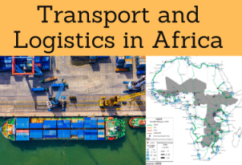Rail Transport in Africa (railway infrastructure)
African Railways: Botswana, Cameroon, Kenya, Tanzania, Zambia
Transport sector can accelerate and intensify African trade. In particular, rail transport, as a result of its energy efficiency, reduction of greenhouse gas emissions and reduction of tone-kilometer transport costs, is expected to play an important role in the long-distance transport in Africa.
However, the current situation of railway infrastructures is very poor in many African countries. This gap has reduced the potential of African rail systems to play an active role in economic development.
In fact, market share of Rail Transport in most countries of the African continent is less than 20% of total volume of freight transport.
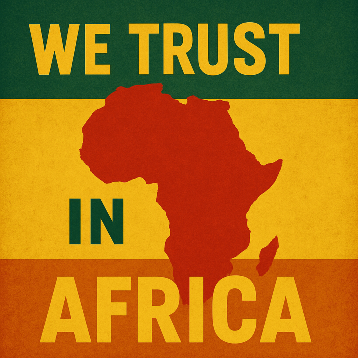
- Introduction to Rail Transport in Africa
- Current situation of African railway infrastructure: challenges and opportunities
- The need for Rail Transport in Africa
- Overview of African railways
- Analysis of Railway Systems in Botswana, Cameroon, Kenya, Madagascar, Morocco, Senegal, Tanzania and Zambia
- Current situation of the railway market in Africa
- Railway Business models in Africa
- Projects for new African railways
Rail Transport in Africa:
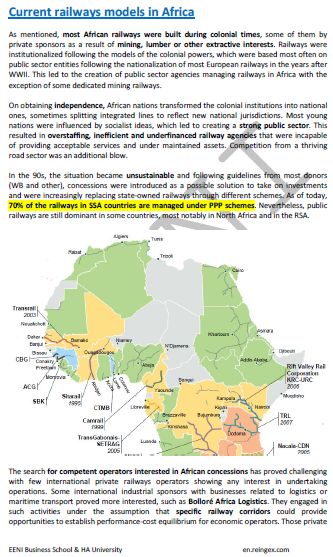

The Subject “Rail Transport in Africa” is included within the curriculum of the following academic programs at EENI Global Business School:
Rail transport, Multimodal Transport.
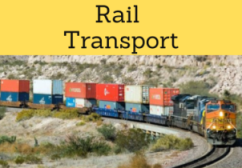
Certificate in International Transport
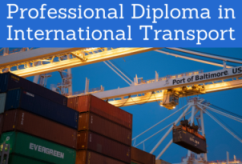
Masters: International Transport, Transport and Logistics in Africa, African Business.
Doctorate: Global Logistics, African Business.
 >
>
Languages:  or
or  Transport ferroviaire en Afrique. Summaries in
Transport ferroviaire en Afrique. Summaries in  Transporte ferroviário na África
Transporte ferroviário na África  Transporte Ferroviario en África.
Transporte Ferroviario en África.
With a few exceptions (mainly in South Africa and North Africa), African railroads are clearly behind those of most other regions of the world.
- Total railway lines in Africa: 82,000 km
- Operational rail lines in Africa: 84% of the total
- Total Passengers in Africa: 500 million people
- Movement of total freight in Africa: 290 million tons
Two of the main reasons for this situation are the lack of investment in Infrastructures in Africa and the absence of an institutional framework that favors its development. Rail transport is essential for the African Economic development and, unless properly developed, Africa may not reach its potential to exploit its abundant natural resources and wealth.
Key factors:
- Largest African metropolitan areas (passenger railways)
- Densely populated areas and African corridors (large volumes of cargo or passengers)
- Corridors from the African ports to inland markets (Freight trains that move materials in containers or in large quantities from / to ports over long distances)
- Mining basins (transport of minerals and other raw materials to African export ports)
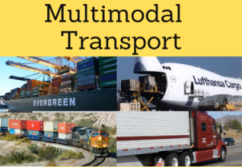
Advantages: Increase in African interregional trade.
Analyzed countries: Botswana, Cameroon, Kenya, Madagascar, Morocco, Senegal, Tanzania and Zambia.
Related information:
- Economic Area of African Civilization
- Maritime Transport
- Asia-Africa Logistics Corridor
(c) EENI Global Business School (1995-2025)
Top of this page










 WhatsApp
WhatsApp